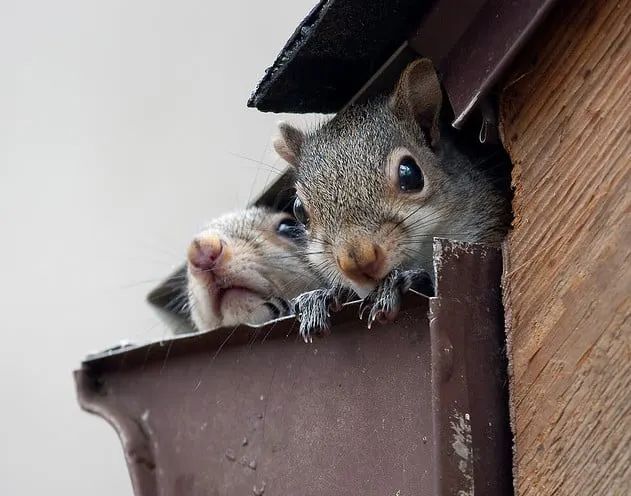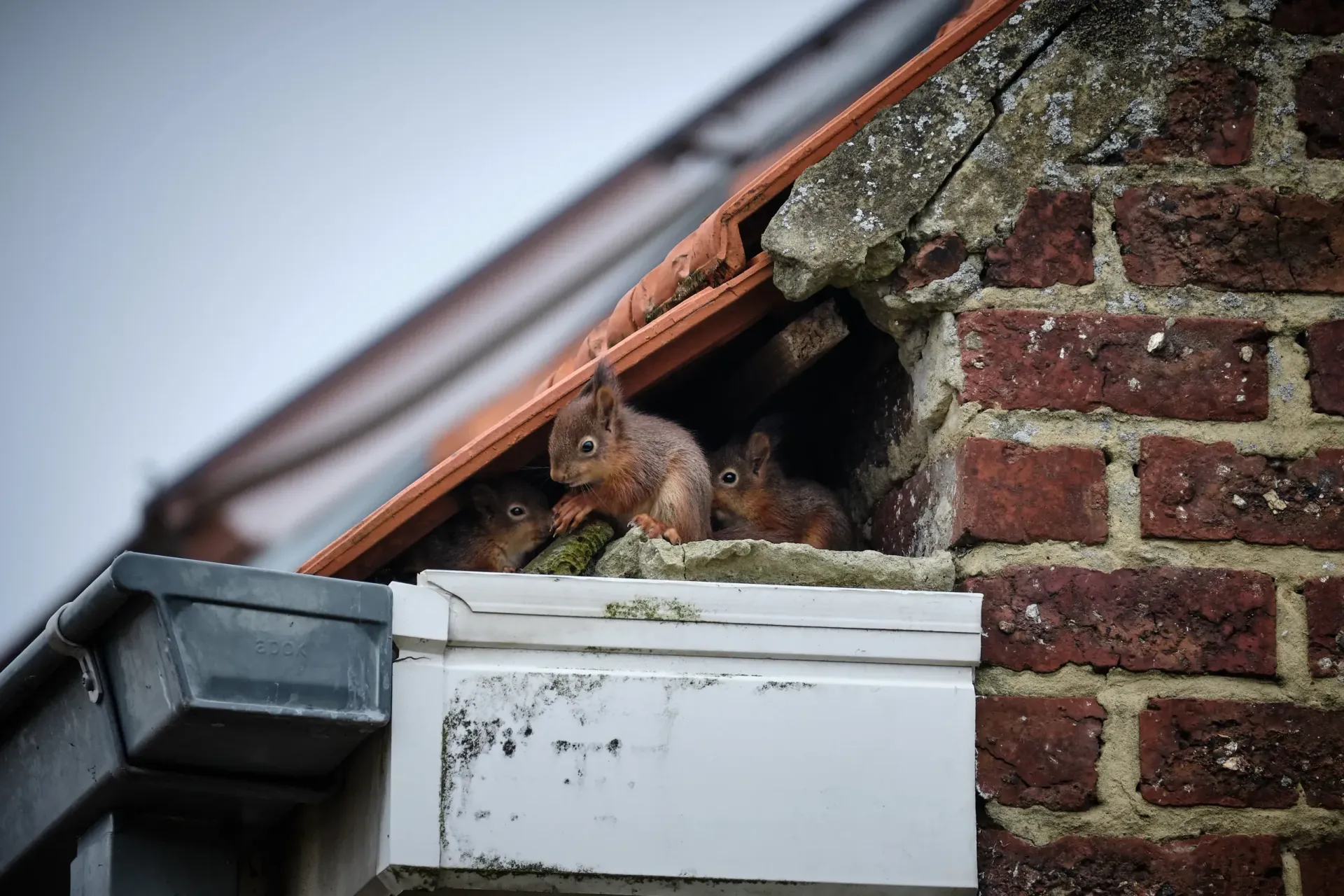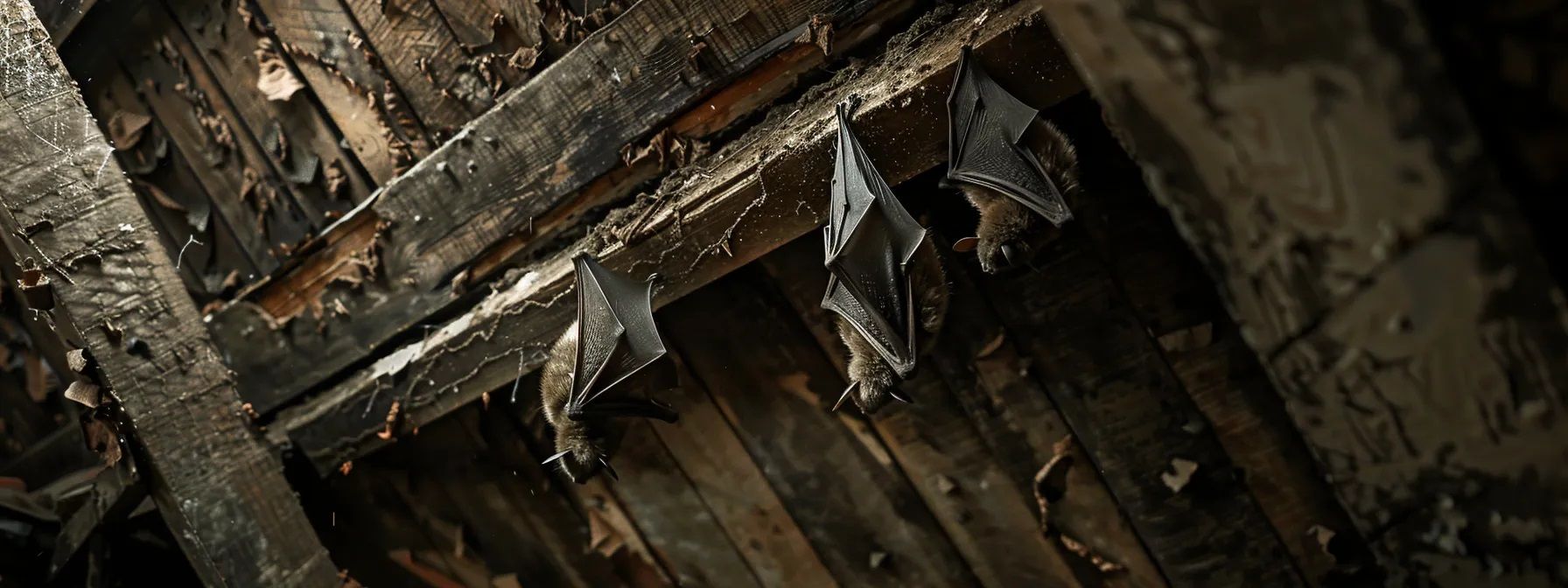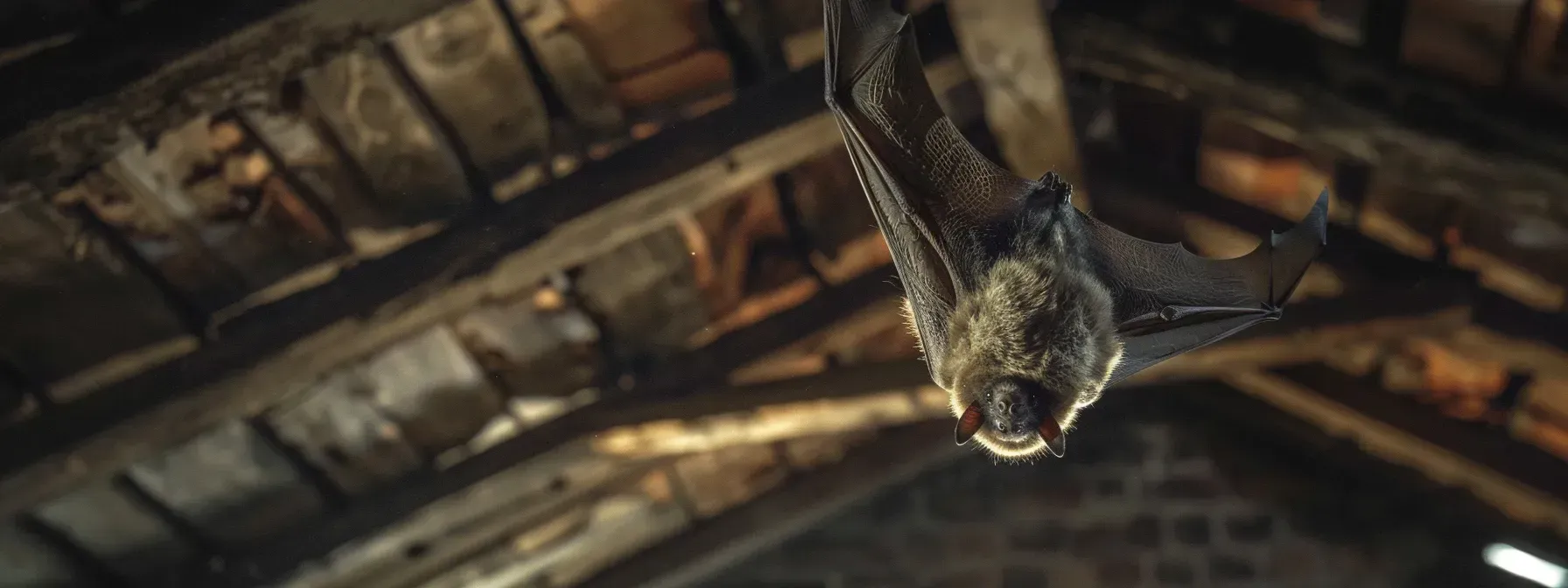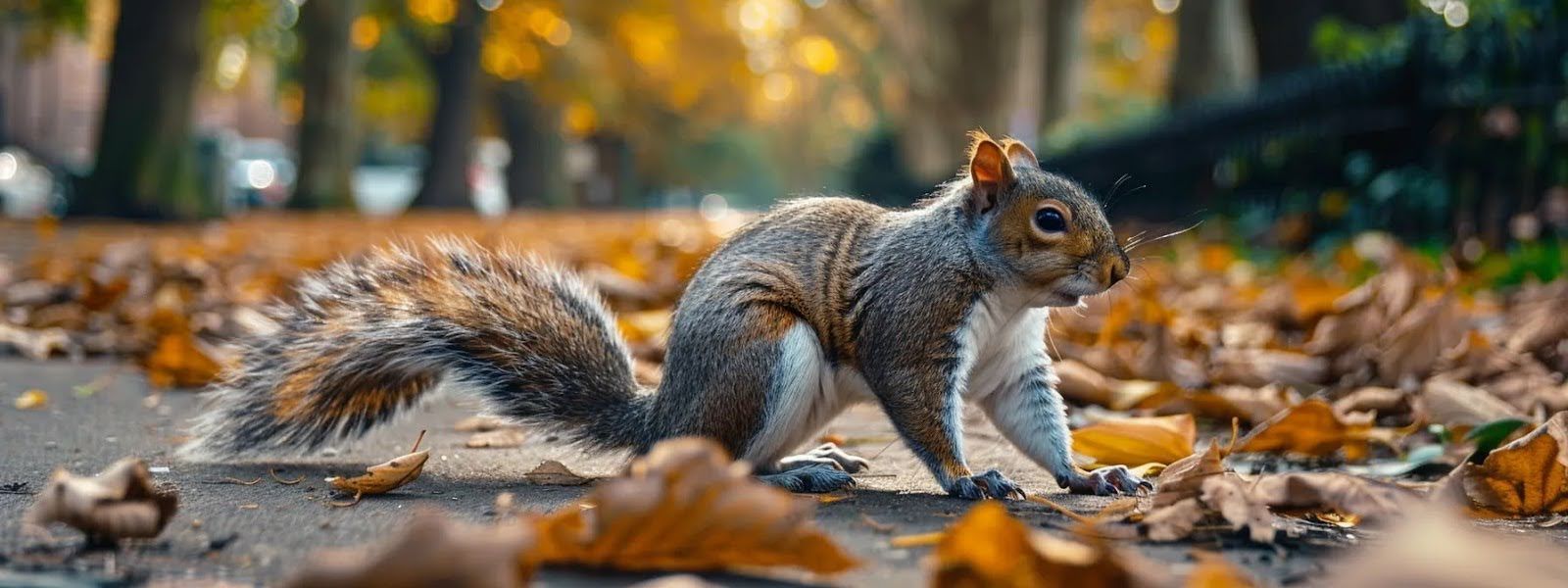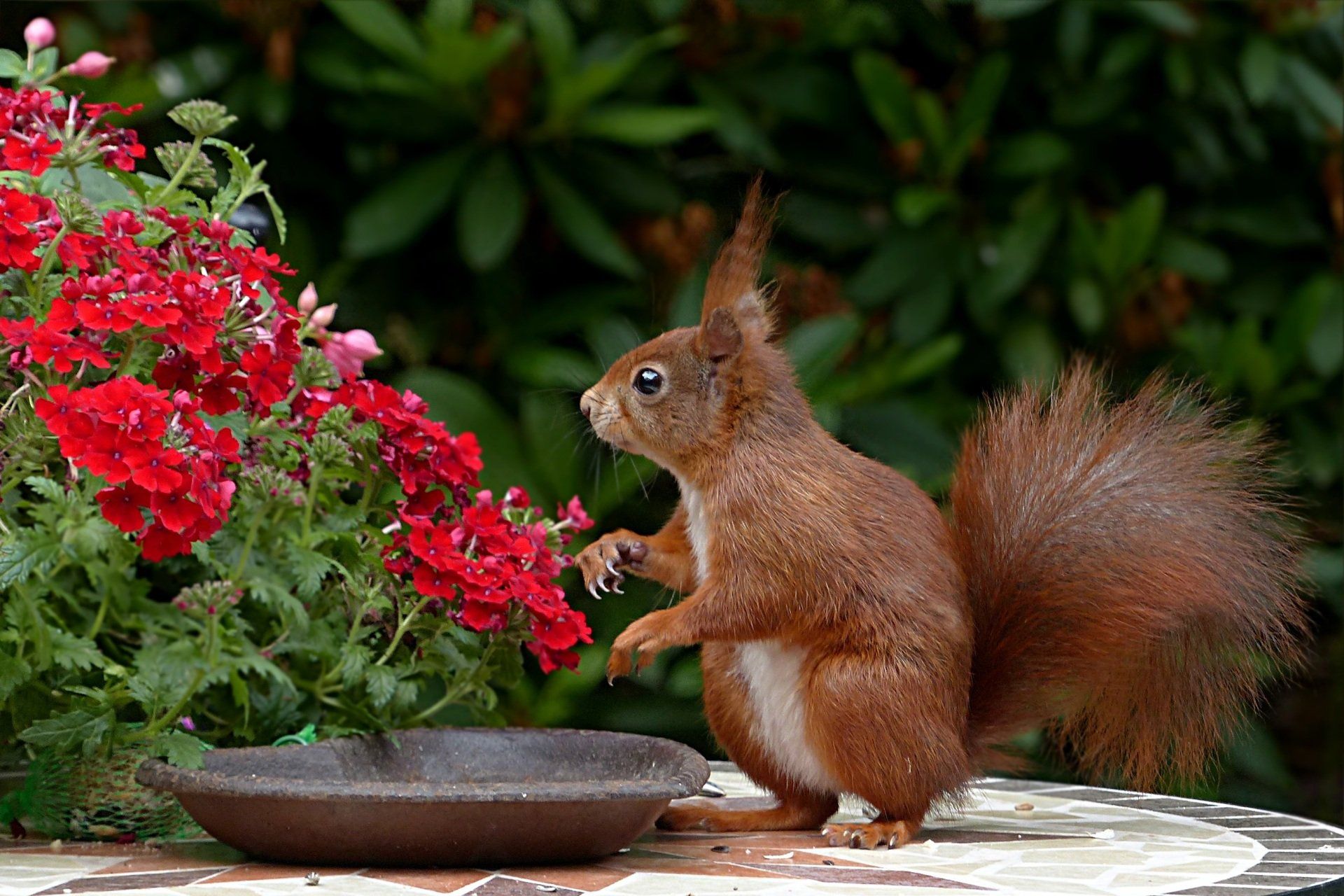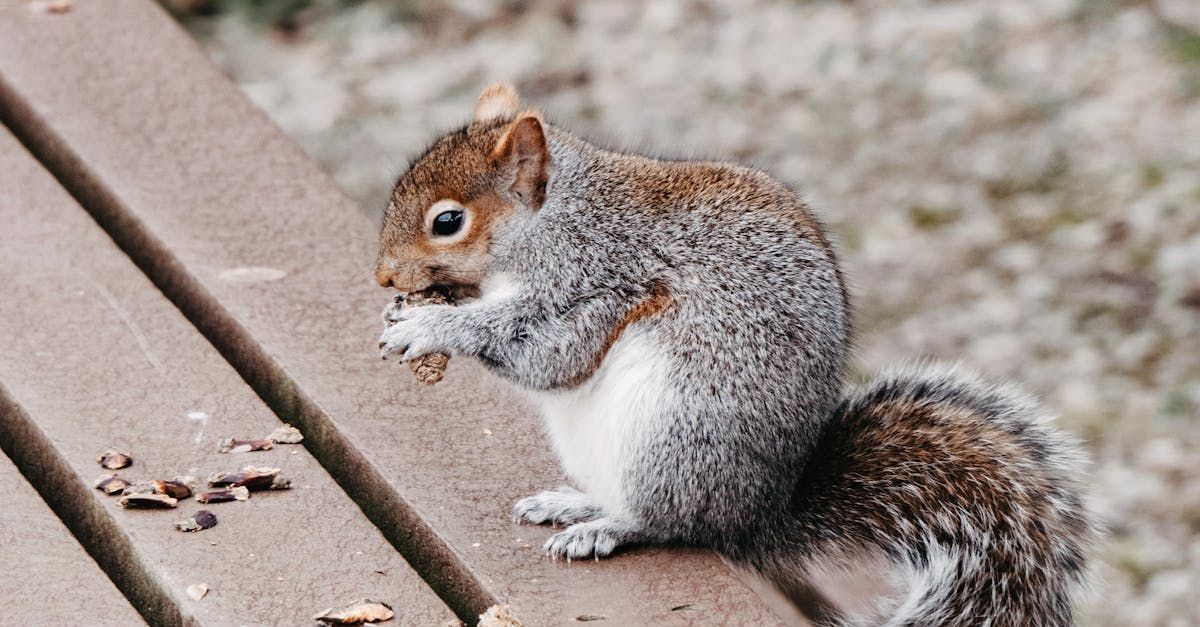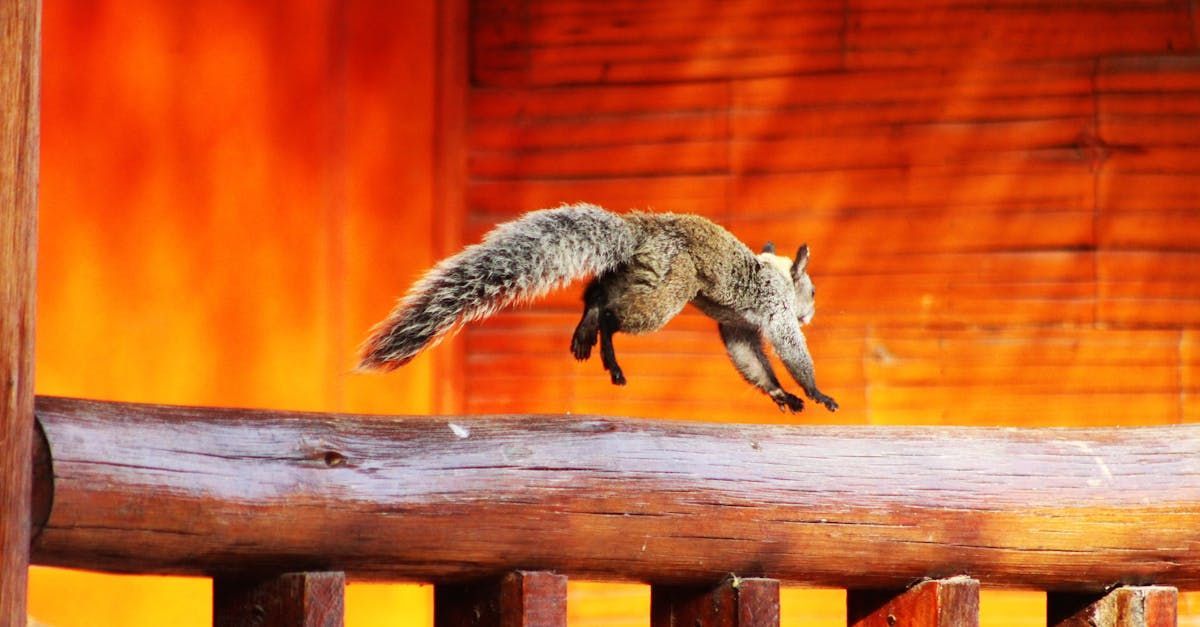8 Sneaky Spots in Your Home Where Squirrels Might Be Hiding
Squirrels are agile, resourceful creatures, and when the urge for warmth and shelter strikes, they can transform from adorable backyard visitors to unwelcome houseguests. If you suspect a squirrel has taken up residence in your home, the first step is to identify their potential hideouts before attempting squirrel removal. Here are eight sneaky spots squirrels might be using as their secret den:
1. Attic
Attics are among the most common places squirrels invade. They offer a warm, dry, and safe environment, ideal for nesting and raising their young. The insulation in attics provides excellent nesting material, while the elevated location offers protection from predators. Signs of an attic squirrel infestation include:
- Strange noises like scratching, scurrying, or gnawing sounds coming from the attic, especially at night
- Insulation debris scattered around attic access points
- Musty odors, a telltale sign of animal droppings
- Visible damage to electrical wires or stored items in the attic
2. Crawlspaces
Crawlspaces provide a secluded and protected area for squirrels. These spaces often go unnoticed for long periods, making them perfect hideouts. Additionally, crawlspaces can offer easy access to other parts of your home. Here's what to watch out for:
- Increased droppings and unpleasant odors emanating from the crawlspace
- Entry holes around the foundation of your home
- Scratching sounds originating from beneath the floorboards
3. Chimney
Believe it or not, some determined squirrels might find their way into your chimney. While less common than other entry points, chimneys can provide a vertical, hollow space that mimics a tree cavity, which is a natural nesting spot for squirrels. They can easily climb down the chimney to find warmth and shelter. Signs of a squirrel infestation in your chimney include:
- Pattering or scratching sounds coming from the chimney
- The smell of animal urine around the fireplace
- Gnaw marks near the chimney opening
4. Wall Voids
Wall voids—the spaces between your interior walls and exterior siding—provide hidden and secure spaces that are rarely disturbed. Squirrels can access these areas through small openings, such as gaps in the siding or soffits. Here are some signs to look for:
- Unexplained scratching or gnawing noises within the walls
- Insulation bulging outward from walls
- Electrical issues caused by chewed wires (which can be a fire hazard)
5. Basement
Basements can offer a cool, dark, and undisturbed environment that is very attractive to squirrels seeking shelter. They are often connected to crawlspaces or other entry points, like gaps around basement windows or doors, providing squirrels with easy access. Signs of a basement squirrel infestation include:
- Droppings and musty odors present in the basement area
- Food caches of nuts or seeds hidden in corners or behind boxes
- Gnaw marks on wooden beams or stored items
6. Garage
While less common than other areas, garages can also provide temporary shelter for squirrels, especially if they offer easy access points like holes near the garage door or gaps in the siding. Garages also offer ample space and materials for nesting, and because they are often connected to other parts of the house, they can provide squirrels with access to food and warmth. Signs of a garage squirrel infestation include:
- Food wrappers or other potential food sources scattered around the garage
- Evidence of chewed wires near electrical panels (another potential fire hazard)
- Droppings and unpleasant odors present in the garage
7. Ceilings
Ceilings offer high, secure spaces that are difficult for predators to reach. Squirrels can access ceiling cavities through gaps around light fixtures, vents, or attics. This situation requires immediate attention to prevent extensive damage to your home's insulation and electrical wiring. Here are some signs to look for:
- Scratching, scampering, or gnawing sounds from above
- Squirrel droppings around ceiling entry points
- Chewed drywall or insulation
8. Storage Areas
Storage areas, such as closets or spare rooms, provide quiet, undisturbed spaces. These areas often contain materials, like cardboard or fabric, that squirrels can use for nesting. Signs of a squirrel in your storage area include:
- Torn open bags of food or gnaw marks on containers
- Droppings and the lingering smell of animal urine
- Nesting materials like leaves, twigs, or fabric scraps
Conclusion
Squirrels can cause a lot of damage to your home and pose health risks to your family. Identifying potential hiding spots is the first step in effective squirrel removal. If you suspect a squirrel has taken up residence in your home, don't attempt to remove it yourself. Squirrels can be aggressive when cornered. Here's why partnering with Catch A Critter, a professional wildlife removal company, is your best course of action:
- Expertise and Experience: Our technicians are trained in the safe and humane removal of squirrels. We can identify the specific entry points the squirrels are using and develop a targeted exclusion strategy to prevent future invasions.
- Safe and Humane Methods: Catch A Critter prioritizes the ethical treatment of wildlife. Our technicians use safe and effective trapping and relocation methods to remove squirrels from your home.
- Quick and Efficient Resolution: A squirrel infestation can quickly escalate. Catch A Critter offers immediate service to address the problem before it causes a lot of damage.
- Long-Term Solutions: Professional wildlife removal goes beyond simply removing the squirrels. Catch A Critter can identify and seal potential entry points to prevent future infestations, giving you peace of mind.
- Minimized Risk of Damage: As mentioned earlier, attempting DIY squirrel removal can be risky, because squirrels can become aggressive when cornered. Professional wildlife removal companies like Catch A Critter have the experience and equipment to safely and efficiently remove squirrels without further harm to your property.
Don't wait until you have a full-blown squirrel infestation! If you suspect a furry tenant has taken up residence in your home, contact Catch A Critter today. Our experienced technicians will assess the situation, develop a safe and effective removal plan, and ensure your home is squirrel-free. Reach out to us today for a free estimate of our squirrel removal in Cumming, and to reclaim your peace of mind. Fill out our contact form or call us at 770-637-4942. Remember, “Don’t worry, we’ll catch that critter!”
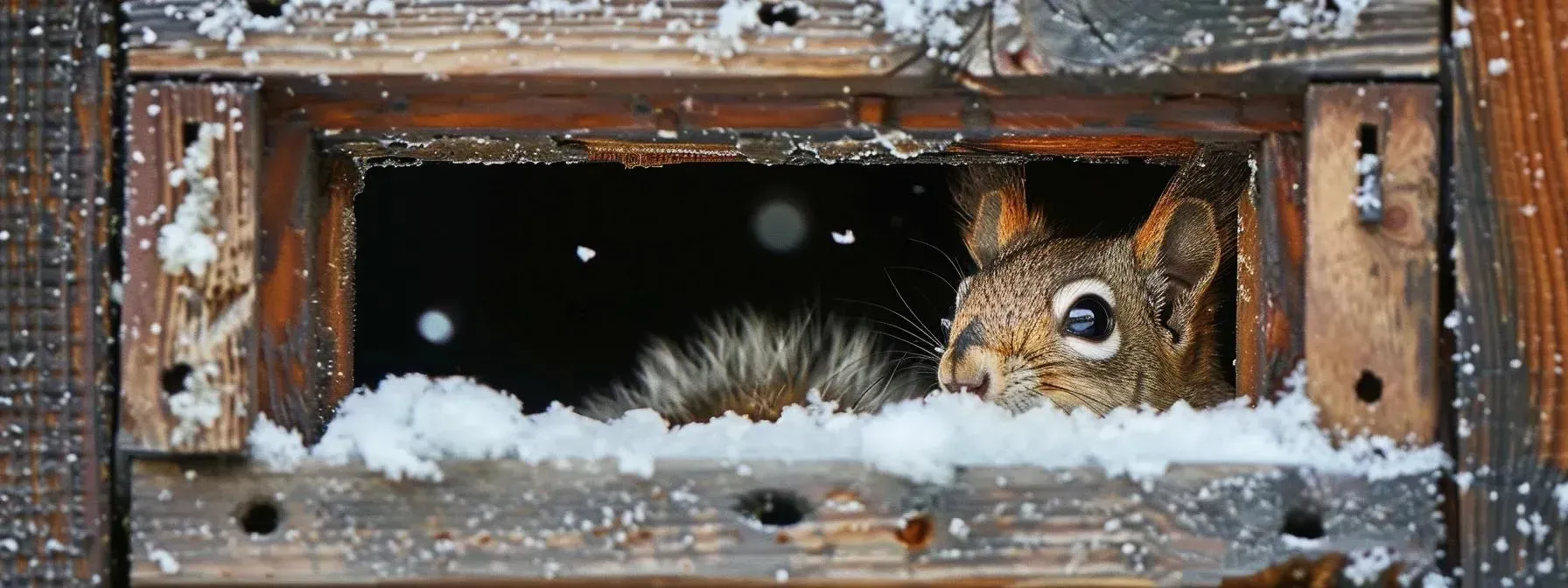

Slide title
Write your caption hereButton
Business Hours
- Mon - Sat
- -
- Sunday
- Closed
Proudly Serving Forsyth County, Gwinnett County, Fulton County, and Dawson County
All Rights Reserved | Catch A Critter



